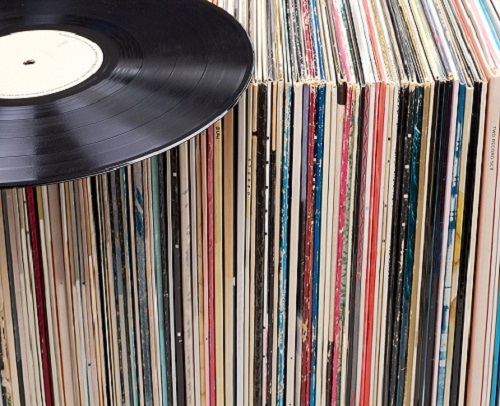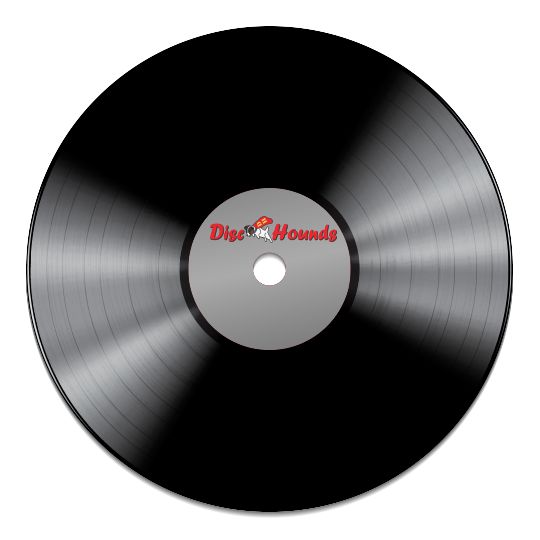

However, as streaming began to overrun the physical music market, CDs have largely gone extinct. Vinyl saw this decline in the 90s and 2000s as CDs began to dominate the market. Since 2006, vinyl record sales have been on a steady yearly increase after dipping and fluctuating through the 90s and early 2000s. This proves that statistically speaking, records are not going anywhere. In 2019, over 19 million records were sold, a 14.6% increase from the year before. After listening to records and experiencing lossless audio, you will likely start to notice a sonic distinction between the lossy audio of digital music and the warm, analog, lossless sound of a record.Īccording to the RIAA’s sales statistics, record sales have been steadily increasing over the course of the last decade, even as streaming services have been on the rise.

Although you initially might not sense a world of difference between the two formats, listening to records can train your ears over time to recognize “lossy” audio when you hear it. You may be wondering if your ears will be able to discern the difference in sound quality between an MP3 and the lossless audio from a record. For a diehard fan of an artist or musician, hearing your favorite album on vinyl is one of the best possible ways to experience it as the artist intended.
New vinyl records mp4#
However, the compression that is inherent in audio formats like MP3 and MP4 cause the audio to sound different from the originally mastered song. Compression is a major aspect of the mixing and mastering process in recorded music, making louder parts of a signal quieter and quieter parts louder. Vinyl is known as a lossless audio format, meaning that, in contrast to digital formats, vinyl does not give you a signal that has been compressed in a way that causes some of the highest and lowest frequencies to be inaudible. Vinyl is a music format loved and listened to by millions, and it is not going anywhere any time soon. However, vinyl has stood the test of time, even making a major comeback in the last decade and cementing itself as a major part of the music industry over a century after the format’s invention. Other older formats of physical music like CDs and cassettes have become relatively obsolete over the last several decades, largely overtaken by the advent of digital music stores and streaming services. With the introduction of records in stereo, albums began taking on distinct sound qualities that were previously impossible to achieve with a mono mix.Īfter stereo became the norm for vinyl records, the format continued to offer unparalleled sound quality to listeners, even as other formats came and went. Originally, records were recorded and mixed in mono, meaning the same signal would come out of two speakers attached to a turntable that would come out of one. Since the introduction of the vinyl record, one of the most notable innovations that has changed the format was the introduction of stereo sound in the latter half of the 20th century. In the early 20th century, the transition was made from rubber discs to vinyl records, but the gramophone’s technology is otherwise relatively similar to that of the modern record player. Without the two cylinders that were present in the original phonograph design (one for recording, one for playback), the gramophone had a much more user-friendly design with looks that distinctly foreshadowed modern turntables. However, instead of recording and playing back audio from a cylinder, the gramophone’s needle instead read the grooves in hard rubber discs, which served as the precursors to vinyl records.

Invented in 1877 by Emile Berliner, the gramophone used similar technology to the phonograph. Eliminating the recording element that was included in the original phonograph made the technology much more accessible to consumers.Įdison’s phonograph was later refined in the form of the gramophone. In Edison’s mind, the phonograph was primarily a recording and playback device, whereas the future reinventions of his initial concept ended up being used solely for playing back recorded music. The recorded sounds could then be played back as the needle ran through the grooves left in the cylinder.Įdison’s original intention for the phonograph was a far cry from what it eventually evolved into.

This device served as a precursor to the record player and was used to record and play back audio using a hand crank-powered needle for etching sound waves into a foil-covered cylinder. The technology that laid the groundwork for what eventually became the modern record player can be traced back to none other than Thomas Edison. In the late 19th century, Edison invented the phonograph.


 0 kommentar(er)
0 kommentar(er)
